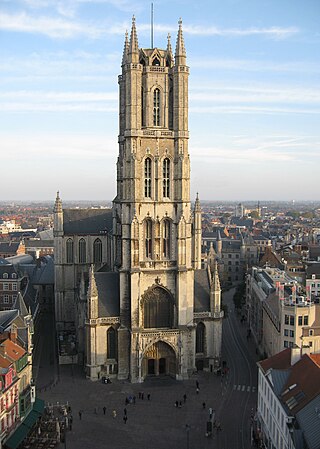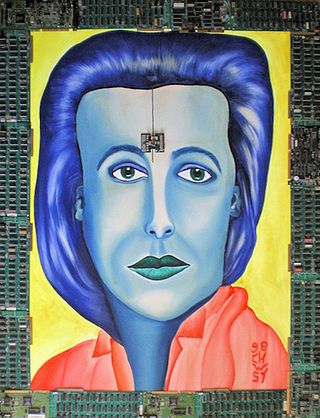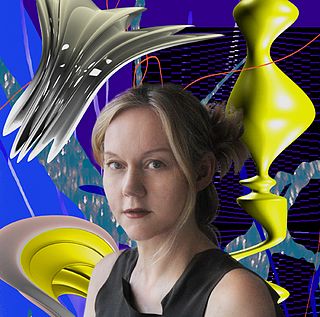
Ghent is a city and a municipality in the Flemish Region of Belgium. It is the capital and largest city of the East Flanders province, and the third largest in the country, after Brussels and Antwerp. It is a port and university city.

Luc Tuymans is a Belgian visual artist best known for his paintings which explore people's relationship with history and confront their ability to ignore it. World War II is a recurring theme in his work. He is a key figure of the generation of European figurative painters who gained renown at a time when many believed the medium had lost its relevance due to the new digital age.

The New Museum of Contemporary Art is a museum at 235 Bowery, on the Lower East Side of Manhattan in New York City. It was founded in 1977 by Marcia Tucker.

Théophile "Théo" van Rysselberghe was a Belgian neo-impressionist painter, who played a pivotal role in the European art scene at the turn of the twentieth century.

The Moscow Biennale of Contemporary Art is one of the most important Russian cultural events and was founded in 2003.

The Australian Centre For Contemporary Art (ACCA) is a contemporary art gallery in Melbourne, Australia. The gallery is located on Sturt Street in the Melbourne Arts Precinct, in the inner suburb of Southbank. Designed by Wood Marsh Architects, the building was completed in 2002, and includes facilities for Chunky Move dance company and the Malthouse Theatre.

The Museum of Fine Arts an art museum in Ghent, Belgium, is situated at the East side of the Citadelpark.
Outset Contemporary Art Fund is an arts charity established in 2003, and based in London, England.
Danny Matthys is a Flemish - Belgian visual artist, which was originally known as conceptual artist of international reputation. In the beginning of his career in the 1960s, he was a pioneer in Polaroid art and Video art.

Rodolphe Paul Marie Wytsman was a Belgian Impressionist painter. He trained at the Académie Royale des Beaux-Arts in Brussels, and was one of the founding members of Les XX, a group of avant-garde Belgian artists.

The Ghent International Exposition of 1913 was a world's fair held in Ghent, Belgium, from 26 April to 3 November 1913.
Anneke Eussen is a contemporary artist in fields of drawing, sculpture and photography and installation. Eussen was born in Netherlands 1978 and currently lives and works in Berlin.

Saint Bavo's Cathedral, also known as Sint-Baafs Cathedral, is a cathedral of the Catholic Church in Ghent, Belgium. The 89-meter-tall Gothic building is the seat of the Diocese of Ghent and is named for Saint Bavo of Ghent. It contains the well-known Ghent Altarpiece.
Film Fest Gent, also known as International Film Fest Gent, is an annual international film festival in Ghent, Belgium. The festival held its first edition in 1974, under the name Internationaal Filmgebeuren Gent, and has since grown into the largest film festival in Belgium. The festival also puts the spotlight on film music; since 2001, Film Fest Gent has hosted the World Soundtrack Awards, a series of prizes for the best soundtracks for film and television.

Catherine de Zegher is a Belgian curator and a modern and contemporary art historian. She has a degree in art history and archaeology from the University of Ghent.

Catherine David is a French art historian, curator and museum director. David was the first woman and the first non-German speaker to curate documenta X in Kassel, Germany. David is currently deputy director of the National Museum of Modern Art at the Centre Georges Pompidou. She was born and lives in Paris.

Design Museum Gent is a museum in Belgium with an international design collection. The museum complex is located in the tourist centre of Ghent and comprises an 18th-century mansion and a modern wing. The museum holds a collection of Belgian design, supported by international objects.

Pia Myrvold is a Norwegian artist and designer specialized in interactive art interfaces. In her work she mixes technology and different artistic media, such as 3D animation, painting, video, fashion and design, in order to build a new relationship between the art, the dissemination of ideas and the public. She lives and works in Paris.

Charles van Rysselberghe was a Belgian architect.














